Home>Gardening & Outdoor>Plant Care & Gardening Tips>What Is The Name Of The Earliest Blooming Spring Wildflower In PA
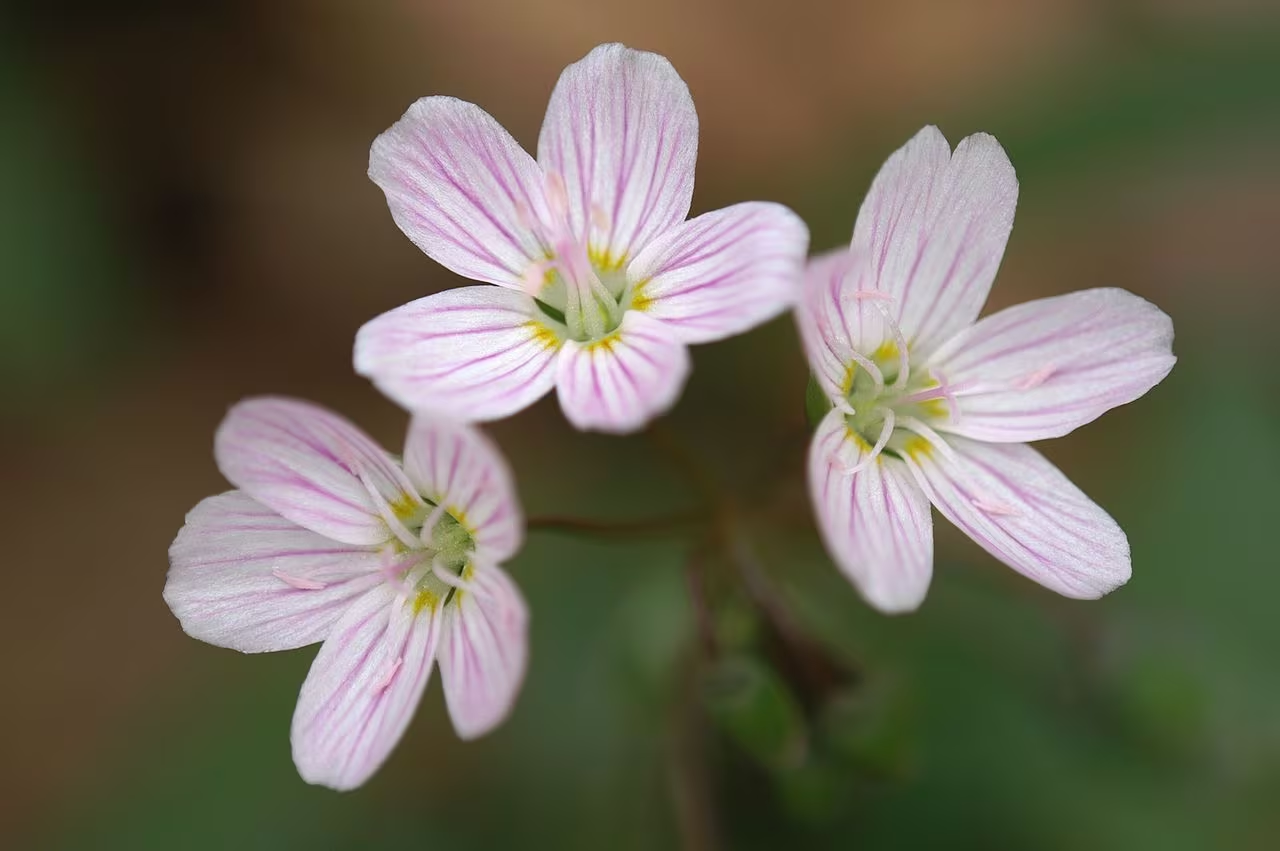

Plant Care & Gardening Tips
What Is The Name Of The Earliest Blooming Spring Wildflower In PA
Published: December 25, 2023
Discover the earliest blooming spring wildflower in PA and get expert plant care and gardening tips. Learn how to nurture and enjoy this beautiful native plant.
(Many of the links in this article redirect to a specific reviewed product. Your purchase of these products through affiliate links helps to generate commission for Storables.com, at no extra cost. Learn more)
**
Introduction
**
As the chill of winter begins to wane and the earth awakens from its slumber, nature enthusiasts and casual observers alike eagerly anticipate the emergence of spring wildflowers. These delicate and vibrant blooms not only signal the arrival of a new season but also play a crucial role in the ecosystem. From adding a pop of color to the landscape to providing essential sustenance for pollinators, spring wildflowers are a sight to behold and a testament to the resilience of nature.
In Pennsylvania, the transition from winter to spring brings forth a stunning array of wildflowers, each with its own unique charm and significance. Among these floral treasures, one particular species stands out as the harbinger of spring: the aptly named "spring beauty" (Claytonia virginica). With its dainty white or pink-tinged petals and slender, vibrant green leaves, the spring beauty is a beloved symbol of the season's renewal and a welcome sight for hikers, botanists, and casual strollers alike.
In this article, we will delve into the enchanting world of spring wildflowers, exploring their characteristics, significance, and conservation. We will also shine a spotlight on the earliest blooming spring wildflower in Pennsylvania, offering insights into its distinctive features and where to find it. Whether you are a seasoned botany enthusiast or simply appreciate the beauty of nature, join us on a journey through the captivating realm of Pennsylvania's spring wildflowers.
Key Takeaways:
- The spring beauty, with its delicate pink or white petals, is the earliest blooming spring wildflower in Pennsylvania, signaling the arrival of spring and offering hope and renewal to all who encounter its charming blooms.
- Conservation efforts are crucial to protect the rich diversity of spring wildflowers in Pennsylvania, ensuring that future generations can continue to marvel at the ephemeral beauty and ecological significance of these delicate blooms.
Importance of Spring Wildflowers
Spring wildflowers play a vital role in the natural world, contributing to the ecological balance and offering a myriad of benefits to the environment and its inhabitants. These ephemeral blooms are not merely ornamental; they serve as essential components of the ecosystem, supporting diverse forms of life and enriching the landscape in numerous ways.
One of the key roles of spring wildflowers is their contribution to the pollination process. As the first floral heralds of spring, these blooms provide an early source of nectar and pollen for a variety of pollinators, including bees, butterflies, and other insects. By attracting these vital pollinators, spring wildflowers facilitate the reproduction of plants, ensuring the continuation of various species and the overall health of the ecosystem.
Beyond their ecological significance, spring wildflowers also hold cultural and aesthetic value. Their arrival heralds the end of winter’s dormancy and symbolizes renewal and rejuvenation. Many people eagerly anticipate the sight of these delicate blooms, finding joy and solace in their fleeting beauty. Additionally, spring wildflowers have inspired artists, poets, and nature enthusiasts for centuries, serving as subjects of admiration and creative expression.
Moreover, these wildflowers contribute to the overall biodiversity of their habitats. Their presence supports a rich tapestry of plant life, which in turn sustains a diverse array of wildlife. From providing forage for herbivores to offering shelter for small creatures, spring wildflowers are integral to the interconnected web of life in their ecosystems.
For gardeners and horticulturalists, spring wildflowers hold practical value as well. Many of these native plants are well-adapted to local growing conditions, making them excellent choices for landscaping and gardening. Their early bloom times also make them valuable additions to gardens, providing a burst of color and vitality after the long winter months.
Overall, the importance of spring wildflowers extends far beyond their visual appeal. These delicate blooms are essential components of healthy ecosystems, serving as pollinator magnets, cultural symbols, biodiversity enablers, and horticultural assets. Understanding and appreciating their significance is crucial for fostering a deeper connection with nature and promoting their conservation for future generations to enjoy.
Characteristics of Spring Wildflowers
Spring wildflowers exhibit a diverse array of characteristics, each contributing to their unique appeal and ecological roles. Understanding these traits can deepen our appreciation for these delicate blooms and aid in their identification in the wild.
One of the defining characteristics of spring wildflowers is their early blooming period. As the name suggests, these blooms typically emerge in the early months of spring, often before the trees have fully leafed out. This early flowering strategy allows them to take advantage of ample sunlight reaching the forest floor before the canopy becomes dense with foliage, ensuring their access to vital energy sources for growth and reproduction.
Another notable feature of spring wildflowers is their ephemeral nature. Many of these blooms have relatively short lifespans, with some species flowering for only a few weeks or even days. This fleeting display adds to their allure, prompting nature enthusiasts to seek them out and savor their beauty while they last.
Spring wildflowers also exhibit a wide range of colors, from delicate pastels to vibrant hues. These colors serve various purposes, from attracting pollinators to blending into their surroundings for protection. Some species, such as the spring beauty with its pale pink or white petals, exude a subtle charm, while others, like the vibrant yellow of the trout lily, make a bold statement against the forest floor.
Many spring wildflowers also boast intricate and unique floral structures. From the delicate intricacies of bloodroot’s white blooms to the nodding, bell-shaped flowers of the Dutchman’s breeches, each species showcases its own captivating design. These structures often play a crucial role in attracting specific pollinators, ensuring the successful transfer of pollen for reproduction.
Furthermore, the foliage of spring wildflowers is equally noteworthy. Their leaves come in an assortment of shapes, sizes, and textures, adding visual interest to the forest floor long before other plants have fully emerged. Some species, such as the delicate fern-like leaves of the rue anemone, create an enchanting carpet of greenery, while others, like the deeply lobed leaves of the wild ginger, stand out with their distinct appearance.
Overall, the characteristics of spring wildflowers encompass a fascinating array of traits that contribute to their early blooming, ephemeral beauty, diverse colors, intricate floral structures, and captivating foliage. These features make them a captivating subject for observation and a vital component of the springtime landscape.
The Earliest Blooming Spring Wildflower in PA
Among the rich tapestry of spring wildflowers that adorn Pennsylvania’s woodlands and meadows, the spring beauty (Claytonia virginica) stands out as one of the earliest and most beloved blooms. This delicate and diminutive wildflower holds the distinction of being among the first to grace the landscape with its dainty petals and slender foliage, signaling the long-awaited arrival of spring.
The spring beauty is a native perennial plant that belongs to the Purslane family (Portulacaceae). It thrives in rich, moist woodlands, where it forms expansive carpets of delicate blooms that blanket the forest floor in a wash of pale pink or white. Its charming flowers, measuring about 1/2 inch across, consist of five petals with delicate pink veins, creating a subtle yet enchanting display against the backdrop of emerging greenery.
One of the most endearing features of the spring beauty is its adaptability and resilience. This hardy wildflower can thrive in a variety of soil types, from loamy to clayey, and is often found in partially shaded areas beneath deciduous trees. Its ability to flourish in diverse conditions makes it a common sight in woodlands, along stream banks, and in shaded gardens throughout Pennsylvania.
Another remarkable aspect of the spring beauty is its early blooming period. In Pennsylvania, this charming wildflower typically begins to flower in late March or early April, making it one of the first native plants to herald the arrival of spring. Its punctual emergence serves as a beacon of hope and renewal after the subdued hues of winter, inspiring awe and delight in all who encounter its delicate blossoms.
Identifying the spring beauty is relatively straightforward, thanks to its distinctive features. Its narrow, linear leaves, often with a waxy sheen, form low-growing clumps that complement the delicate nature of its flowers. Additionally, the plant’s slender stems, which bear clusters of blooms at their tips, further distinguish it from other early spring wildflowers.
For those seeking to witness the beauty of the spring beauty in Pennsylvania, prime locations include shaded woodlands, forest edges, and moist, rich soils. Hiking trails and nature reserves throughout the state offer ample opportunities to encounter this enchanting wildflower, providing a chance to marvel at its delicate blooms and appreciate the ephemeral splendor of spring.
In essence, the spring beauty holds a special place as the earliest blooming spring wildflower in Pennsylvania, captivating the hearts of nature enthusiasts and serving as a timeless symbol of the season’s renewal and natural beauty.
The earliest blooming spring wildflower in Pennsylvania is the skunk cabbage (Symplocarpus foetidus). Look for its distinctive maroon and yellow flowers in wet, wooded areas as early as February.
Identifying and Locating Spring Wildflowers
Identifying and locating spring wildflowers can be an enriching and rewarding pursuit for nature enthusiasts, hikers, and botany aficionados. The diverse array of wildflowers that grace Pennsylvania’s landscapes offers a captivating tapestry of colors, shapes, and scents, inviting exploration and discovery. Understanding how to identify and locate these blooms enhances the experience of connecting with nature and appreciating the intricate beauty of the natural world.
When embarking on the quest to identify spring wildflowers, it is essential to familiarize oneself with the unique characteristics of each species. Field guides, online resources, and local botanical gardens can serve as valuable references, providing detailed descriptions, photographs, and habitat information for various wildflowers. By studying the distinctive features of these blooms, such as petal color, leaf shape, and growth habits, enthusiasts can sharpen their ability to recognize and differentiate between different species.
Seasoned botanists and naturalists often emphasize the importance of observing the surrounding environment when seeking out spring wildflowers. Many of these blooms favor specific habitats, such as woodlands, meadows, or wetlands, and understanding their preferred ecosystems can significantly aid in locating them. For instance, the delicate white petals of the bloodroot (Sanguinaria canadensis) are often found in rich, moist woodlands, while the vibrant yellow blooms of the marsh marigold (Caltha palustris) thrive in wetland areas.
Additionally, timing plays a crucial role in the successful identification and location of spring wildflowers. These blooms have distinct flowering periods, with some appearing as early as late March and others continuing into May. By familiarizing oneself with the typical blooming times of various species, enthusiasts can plan their excursions to coincide with the peak flowering periods, increasing their chances of encountering these fleeting beauties.
When venturing into natural areas to seek out spring wildflowers, it is essential to tread lightly and respect the delicate ecosystems that support these blooms. Staying on designated trails, refraining from picking or trampling the flowers, and adhering to ethical nature-watching practices help preserve these natural treasures for future generations to enjoy.
For those eager to witness the splendor of spring wildflowers in Pennsylvania, several notable locations offer prime opportunities for exploration. State parks, nature reserves, and botanical gardens throughout the state boast diverse habitats that are home to an array of native wildflowers. From the expansive woodlands of Ricketts Glen State Park to the serene meadows of Bowman’s Hill Wildflower Preserve, these natural havens provide a rich tapestry of spring blooms waiting to be discovered.
In essence, identifying and locating spring wildflowers involves a blend of attentive observation, ecological awareness, and appreciation for the ephemeral beauty of these blooms. By honing one’s ability to recognize and seek out these delicate treasures, enthusiasts can forge a deeper connection with nature and revel in the seasonal spectacle of Pennsylvania’s spring wildflowers.
Read more: Where To See Wildflower Blooms
Conservation of Spring Wildflowers
Preserving the rich diversity of spring wildflowers is paramount to safeguarding the ecological balance and natural heritage of Pennsylvania’s landscapes. As these delicate blooms face various threats, including habitat loss, invasive species, and unsustainable harvesting, concerted efforts are essential to ensure their continued existence and contribution to the state’s natural beauty.
One of the foremost strategies for conserving spring wildflowers is the protection and restoration of their native habitats. Woodlands, meadows, and wetlands that host diverse wildflower species must be safeguarded from encroaching development and habitat degradation. Conservation organizations, land trusts, and government agencies play pivotal roles in acquiring and managing critical habitats, implementing sustainable land management practices, and conducting habitat restoration efforts to support these vital ecosystems.
Furthermore, controlling the spread of invasive plant species is crucial for the preservation of native spring wildflowers. Invasive plants can outcompete and displace native flora, disrupting the delicate balance of natural habitats and threatening the survival of indigenous wildflowers. Vigilant monitoring and management of invasive species, coupled with public education on the impact of these plants, are essential components of effective conservation efforts.
Education and outreach initiatives also play a pivotal role in the conservation of spring wildflowers. By raising awareness about the ecological significance and cultural value of these blooms, conservation organizations and environmental educators can inspire public support for their protection. Engaging the community in citizen science projects, wildflower walks, and native plant gardening workshops fosters a sense of stewardship and cultivates a deeper appreciation for the natural treasures found in Pennsylvania’s landscapes.
Sustainable harvesting practices are imperative for the conservation of spring wildflowers, particularly for species that are sought after for ornamental or medicinal purposes. Ethical guidelines and regulations can help mitigate the impact of wildflower harvesting, ensuring that these plants are not overexploited and that their populations remain viable for future generations to enjoy.
Collaborative research efforts and monitoring programs are essential for understanding the population dynamics and ecological needs of spring wildflowers. By studying their reproductive biology, pollination mechanisms, and responses to environmental changes, researchers can inform conservation strategies and management practices that support the long-term viability of these delicate blooms.
Ultimately, the conservation of spring wildflowers requires a multifaceted approach that encompasses habitat protection, invasive species management, public engagement, sustainable harvesting practices, and scientific research. By valuing and safeguarding these floral treasures, we can ensure that Pennsylvania’s landscapes continue to thrive with the vibrant hues and ephemeral beauty of native spring wildflowers for generations to come.
Conclusion
The enchanting realm of spring wildflowers in Pennsylvania offers a captivating tapestry of colors, scents, and ecological significance. From the delicate blooms that herald the arrival of spring to the intricate dance of pollinators among their petals, these ephemeral treasures enrich the natural landscapes and inspire a deep appreciation for the wonders of the natural world.
As the earliest blooming spring wildflower in Pennsylvania, the spring beauty stands as a timeless symbol of the season’s renewal and the resilience of nature. Its dainty petals and slender foliage paint a picture of hope and vitality, inviting all who encounter it to marvel at the delicate beauty of spring.
Understanding and conserving these floral treasures is essential for preserving the ecological balance and cultural significance of Pennsylvania’s landscapes. By protecting their native habitats, controlling invasive species, and promoting sustainable practices, we can ensure that future generations continue to be captivated by the ephemeral splendor of these blooms.
Identifying and locating spring wildflowers offers a gateway to deeper connections with nature, encouraging enthusiasts to embark on journeys of exploration and discovery. By honing their ability to recognize and appreciate these delicate treasures, individuals can forge a profound bond with the seasonal spectacle of Pennsylvania’s spring wildflowers.
In essence, the conservation and appreciation of spring wildflowers are integral to fostering a harmonious relationship between humans and the natural world. By nurturing these delicate blooms and safeguarding their habitats, we uphold the ecological balance, cultural heritage, and intrinsic beauty that these wildflowers bring to Pennsylvania’s landscapes.
As we continue to cherish and protect the rich diversity of spring wildflowers, we embark on a collective journey of conservation, discovery, and reverence for the ephemeral beauty that graces our woodlands, meadows, and wetlands each spring. Through our efforts, we ensure that the delicate blooms of Pennsylvania’s spring wildflowers continue to enchant and inspire for generations to come.
Frequently Asked Questions about What Is The Name Of The Earliest Blooming Spring Wildflower In PA
Was this page helpful?
At Storables.com, we guarantee accurate and reliable information. Our content, validated by Expert Board Contributors, is crafted following stringent Editorial Policies. We're committed to providing you with well-researched, expert-backed insights for all your informational needs.
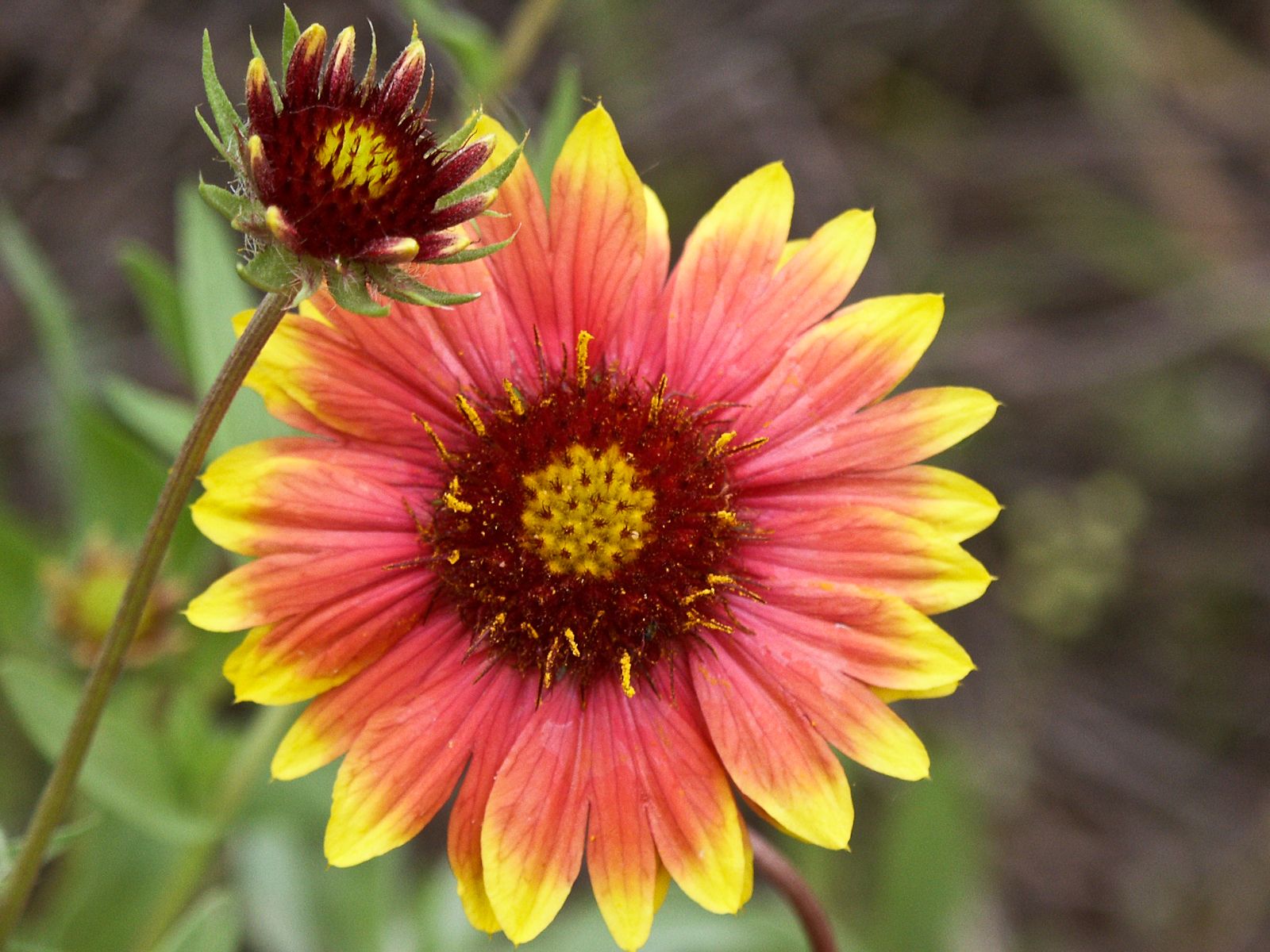
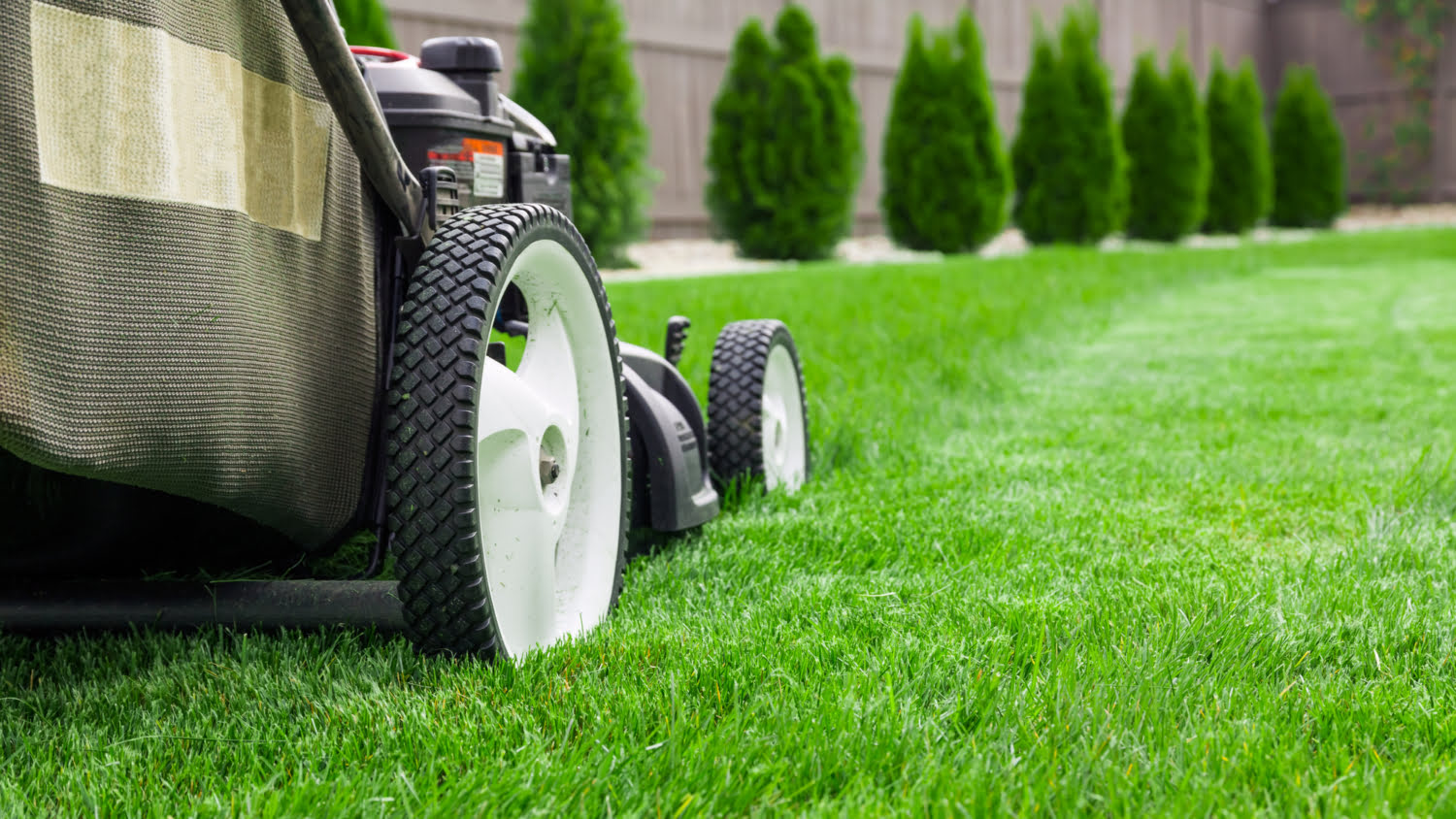
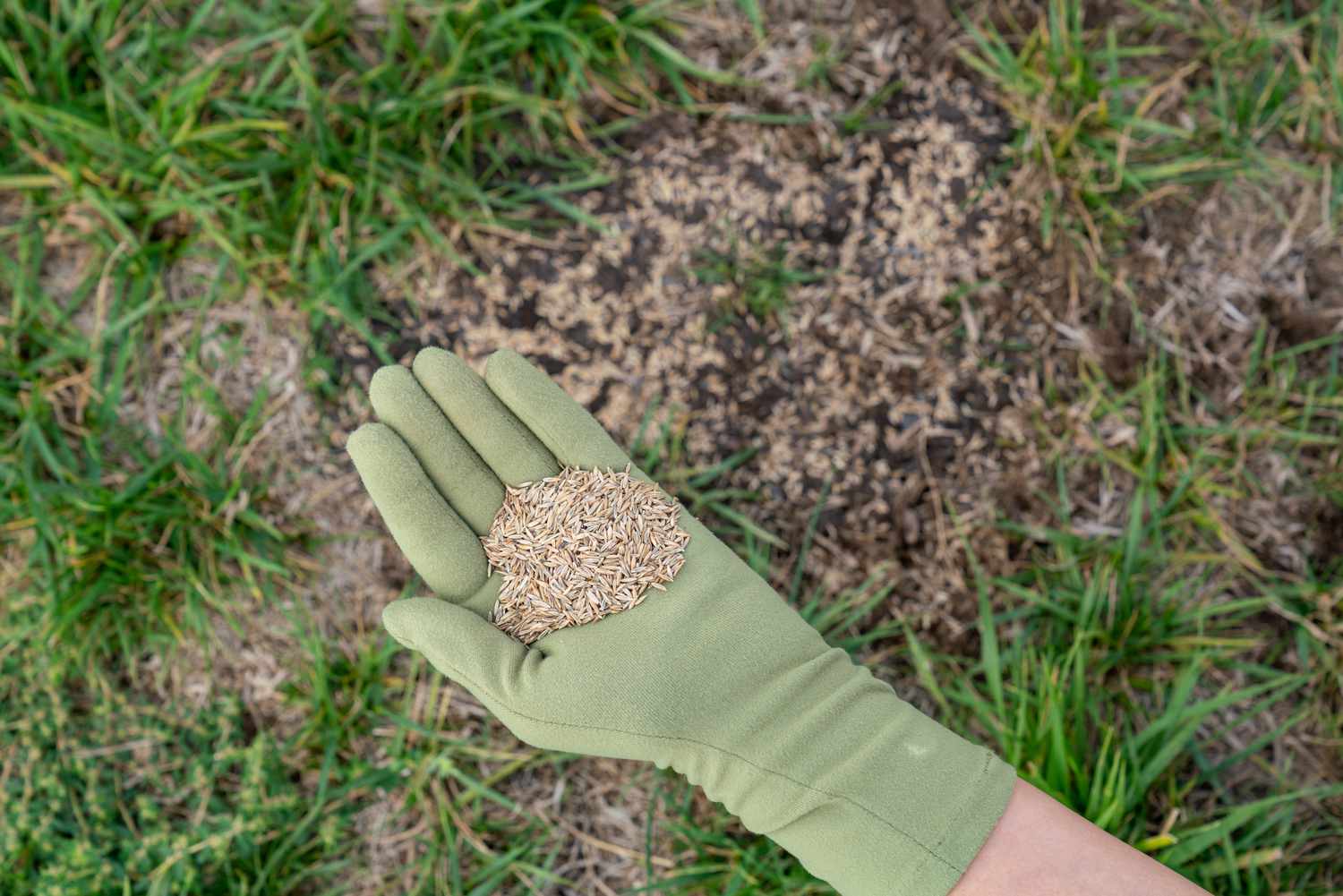
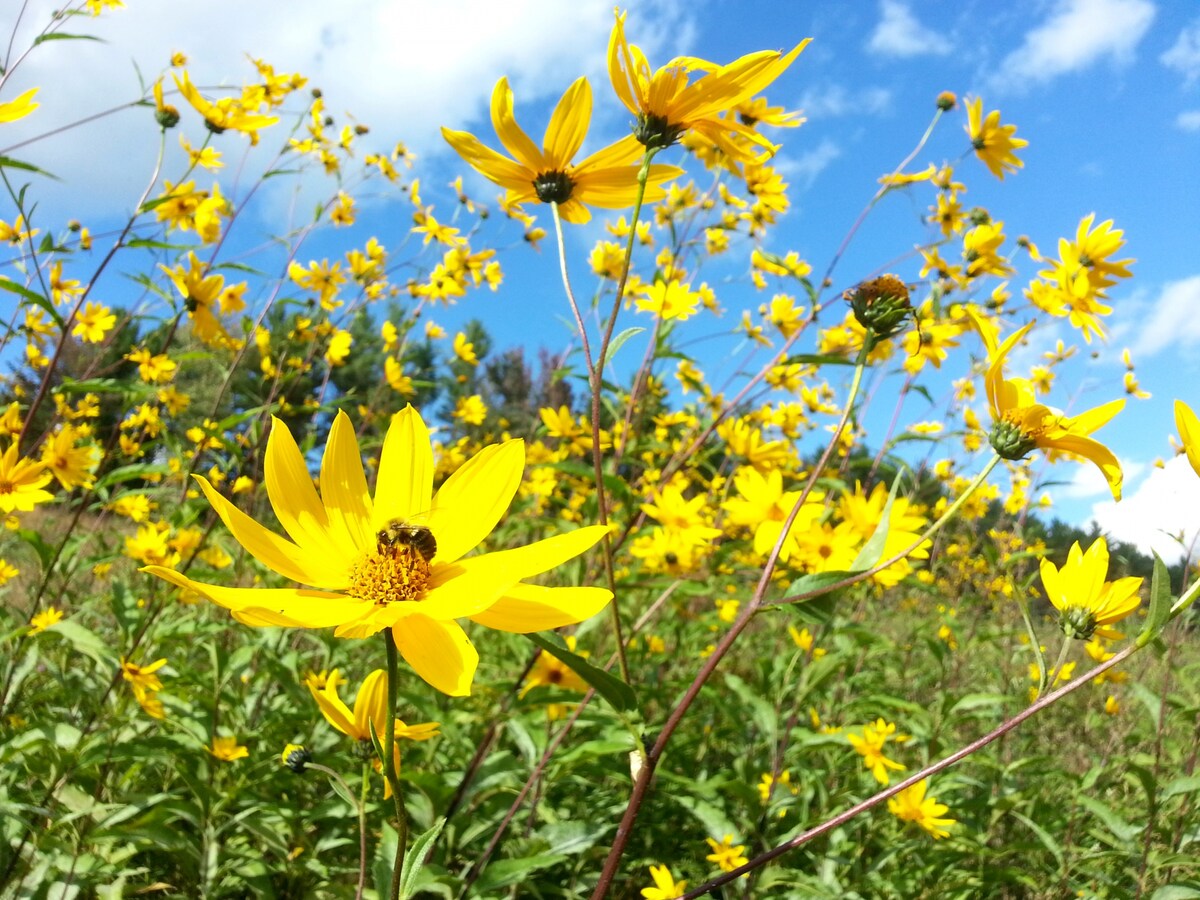
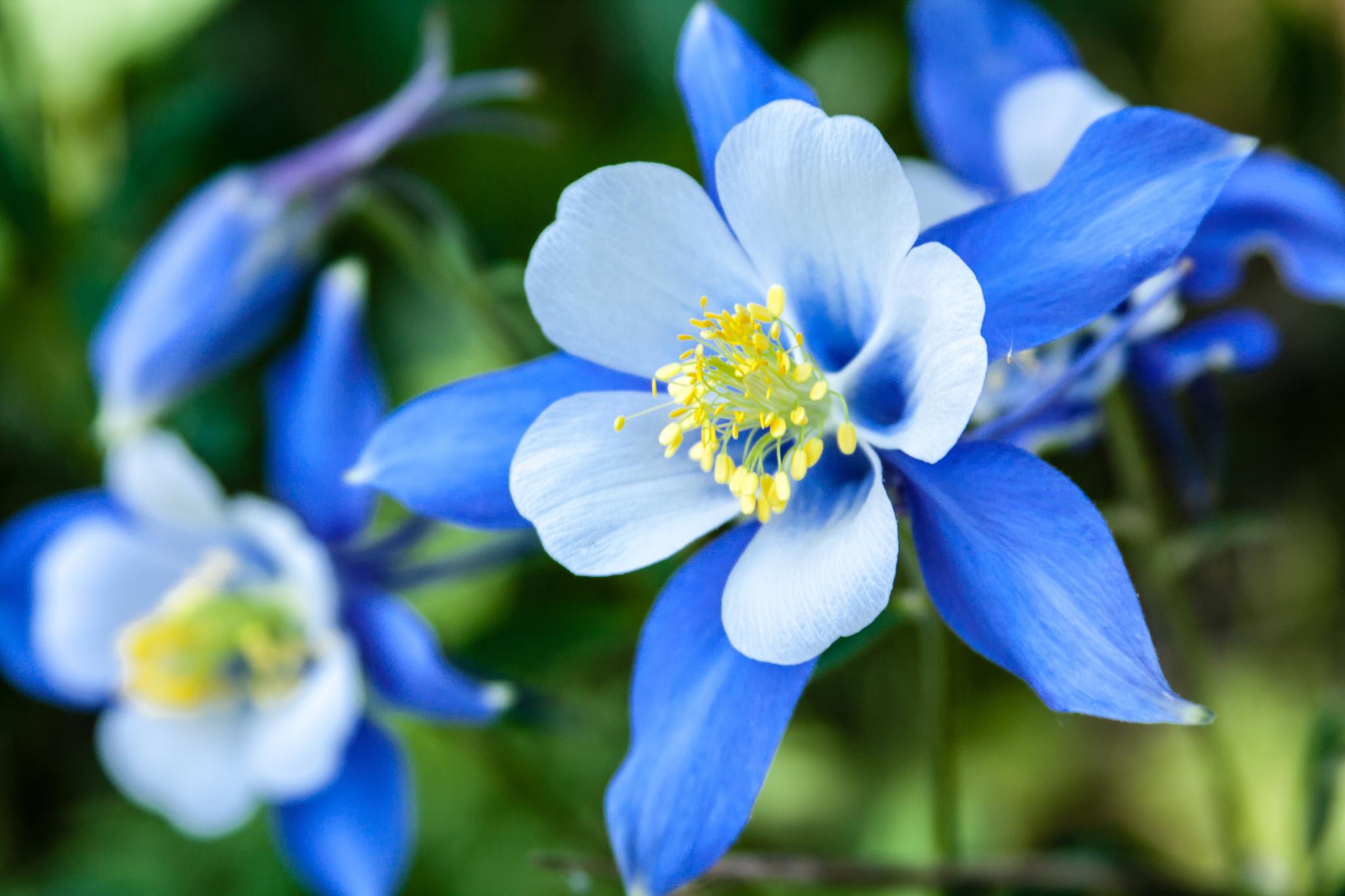
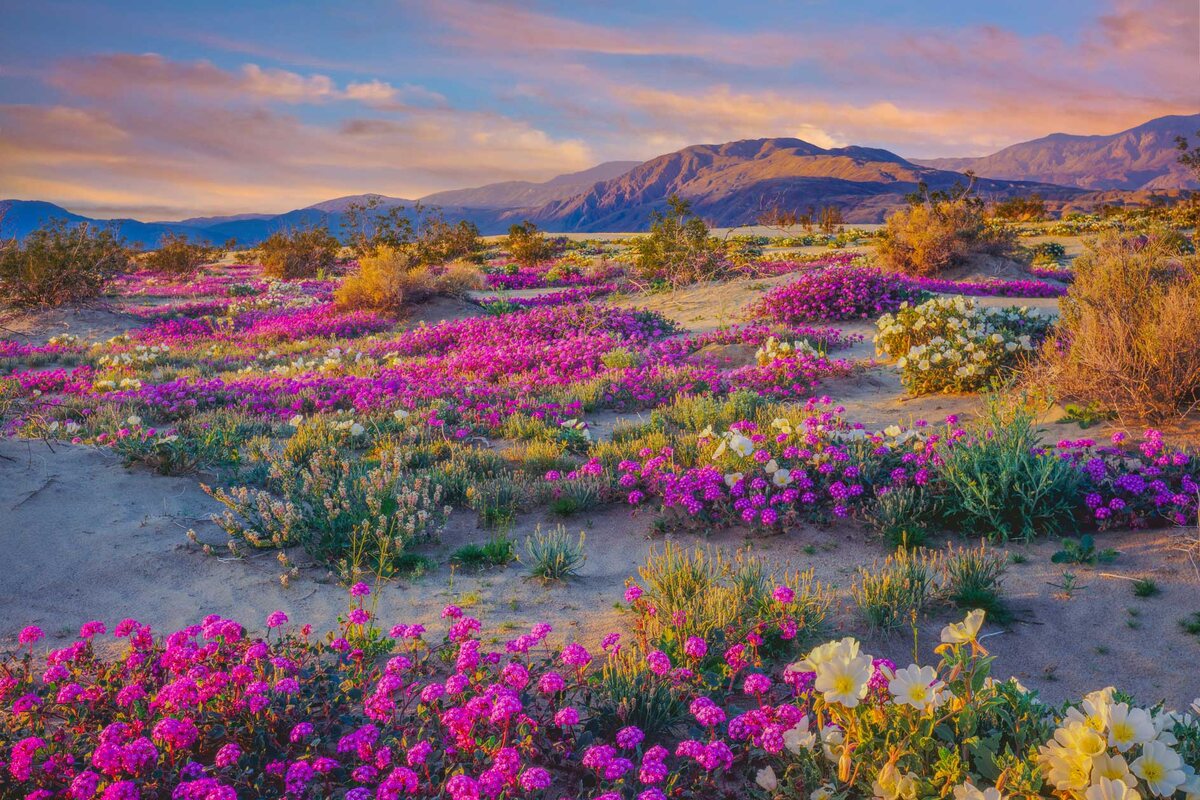
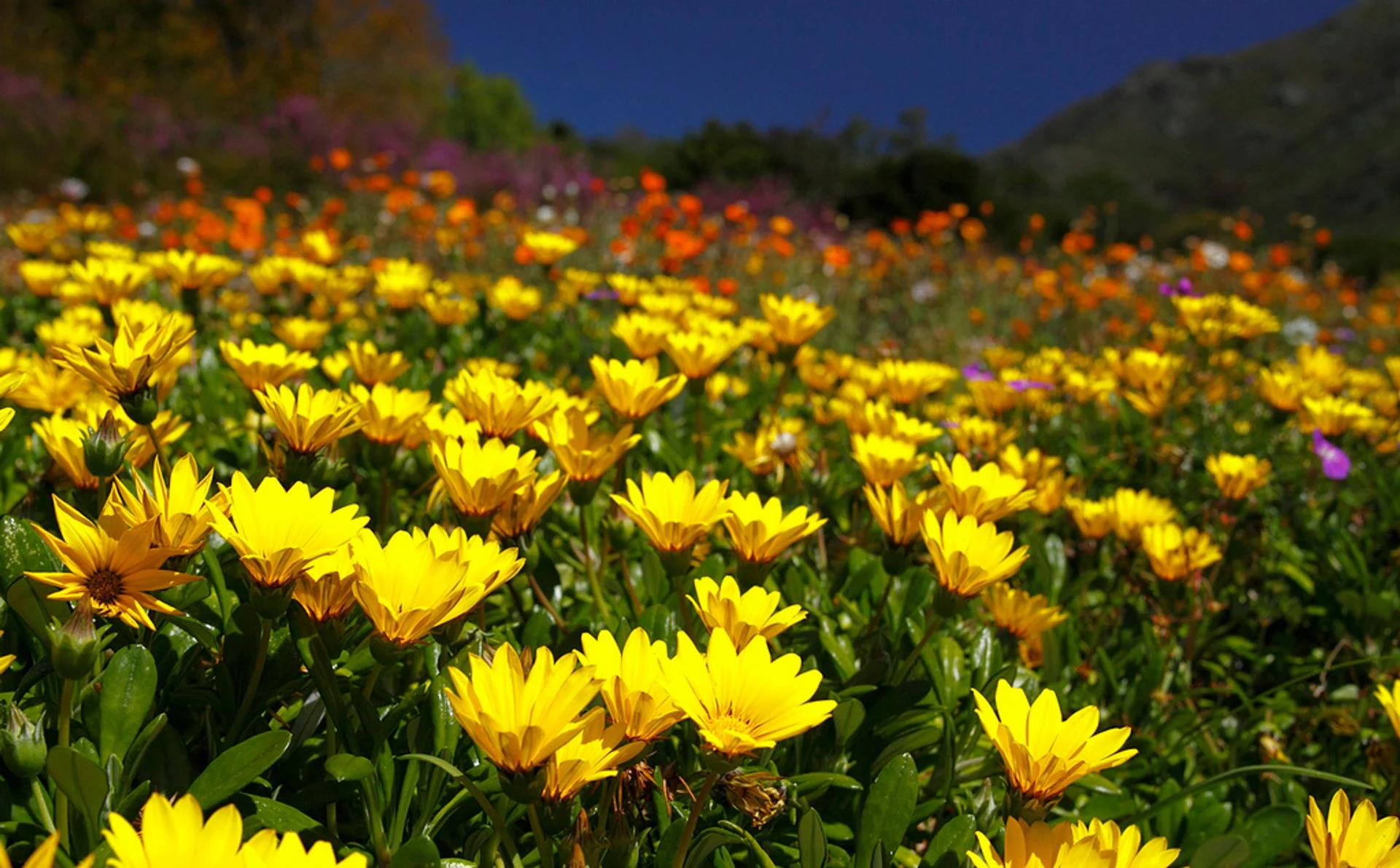
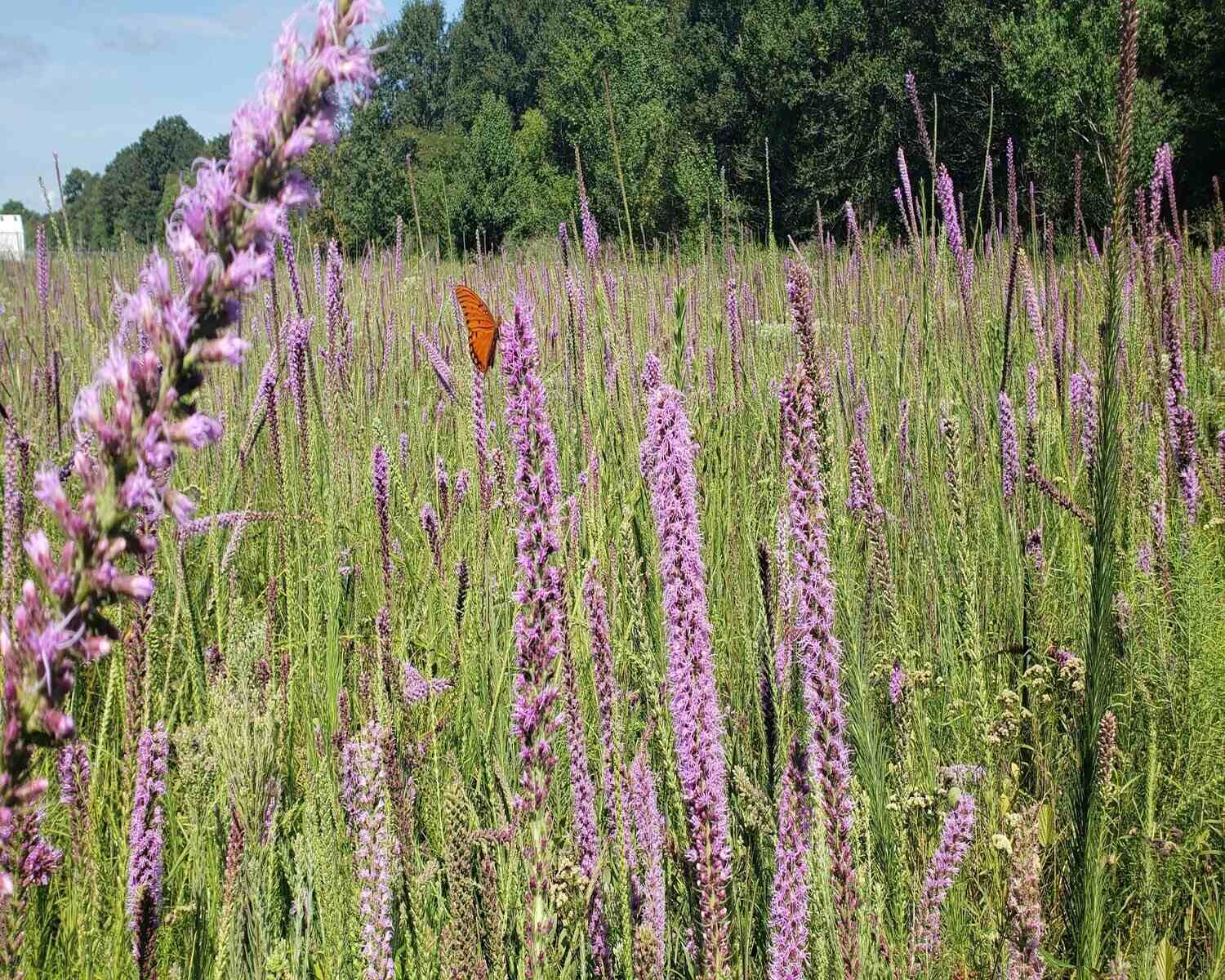
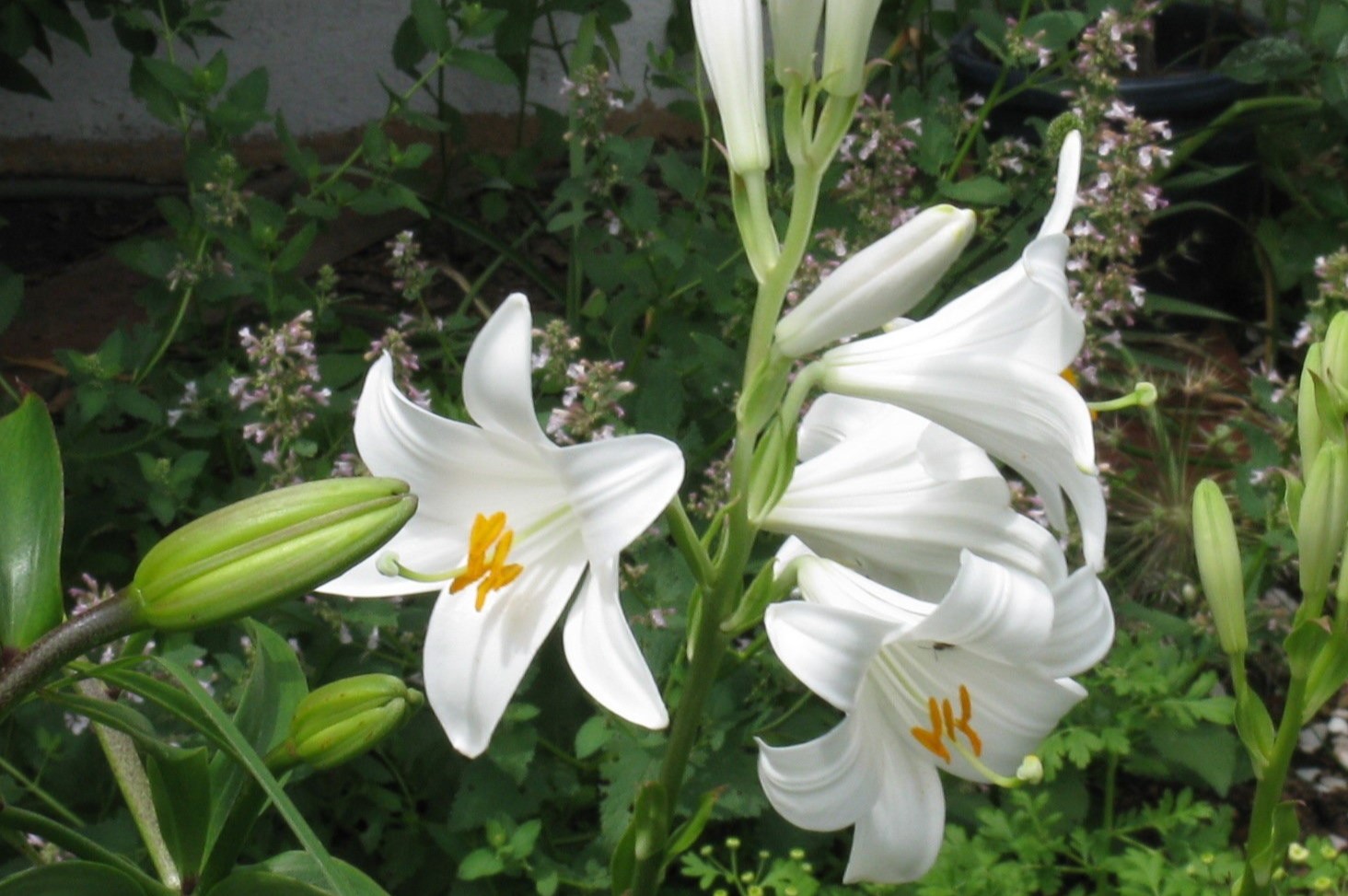


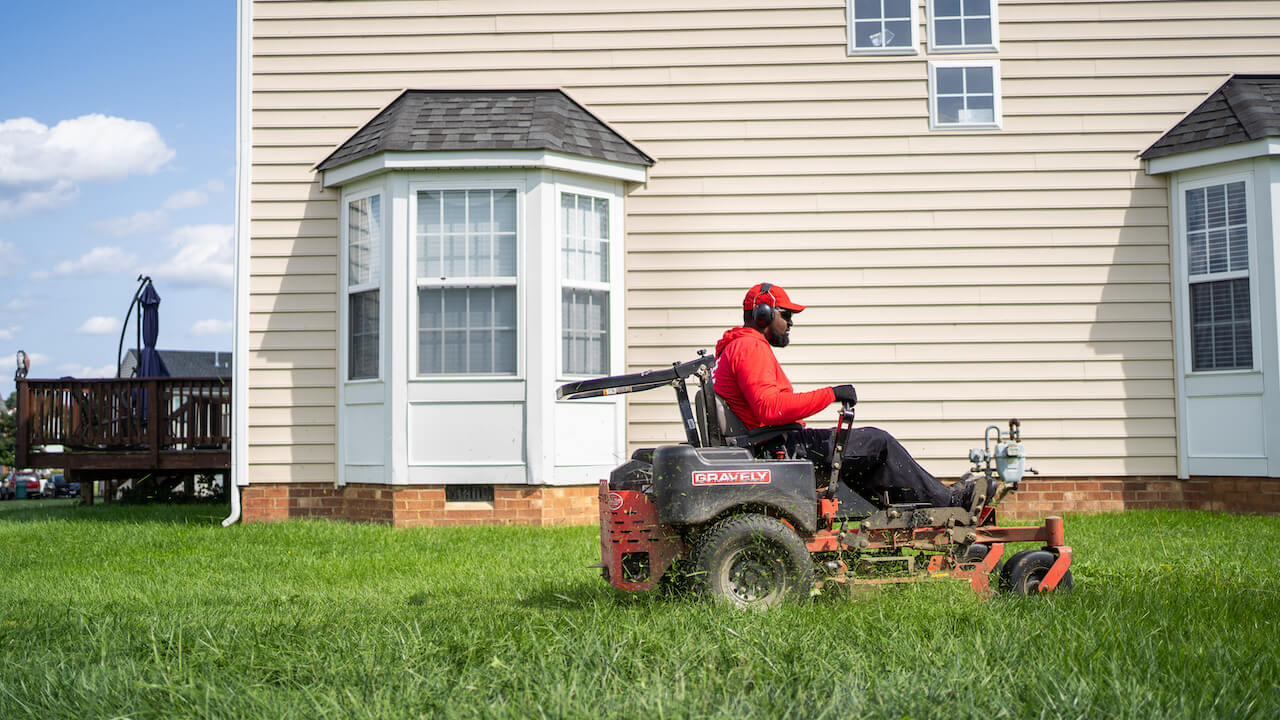
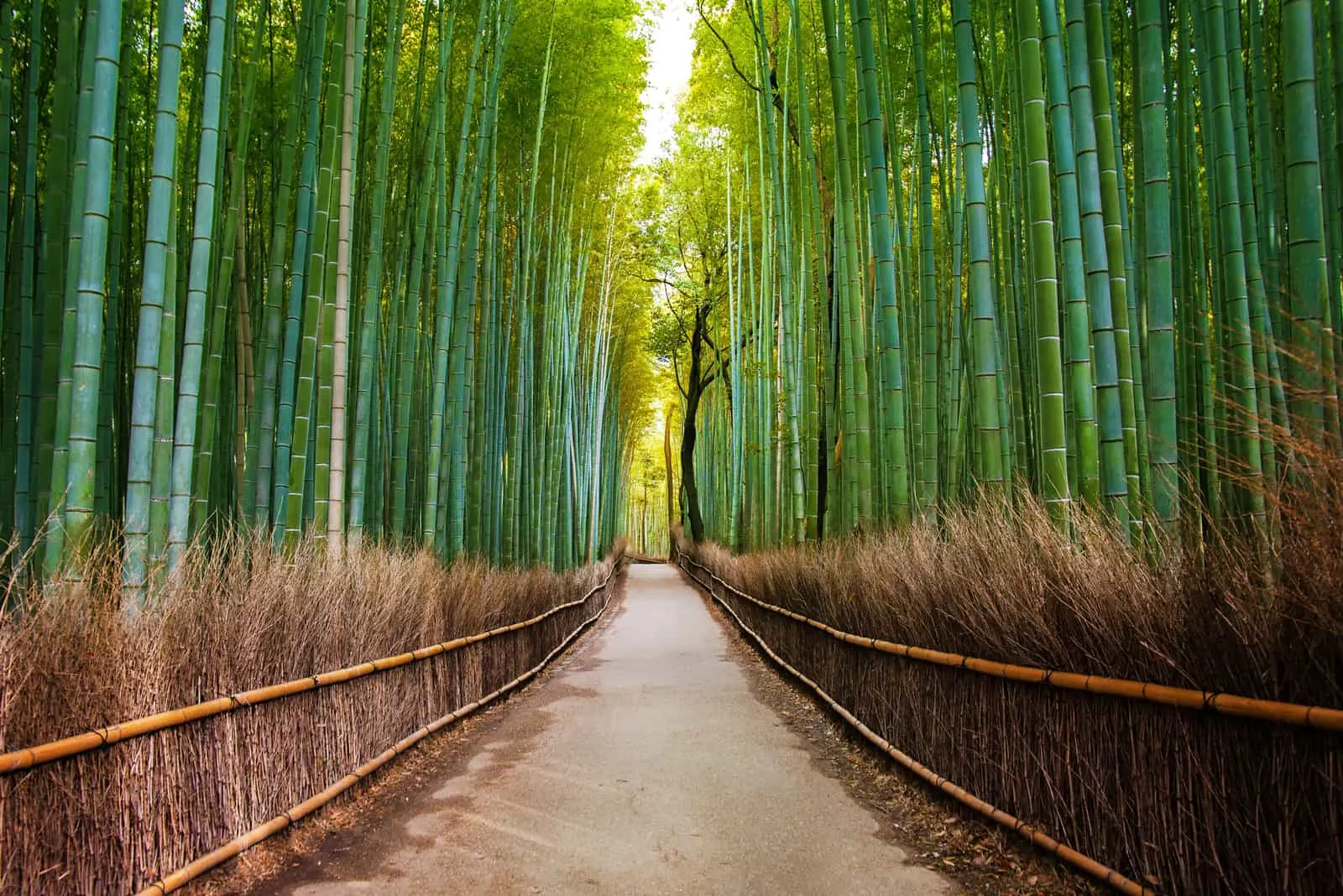
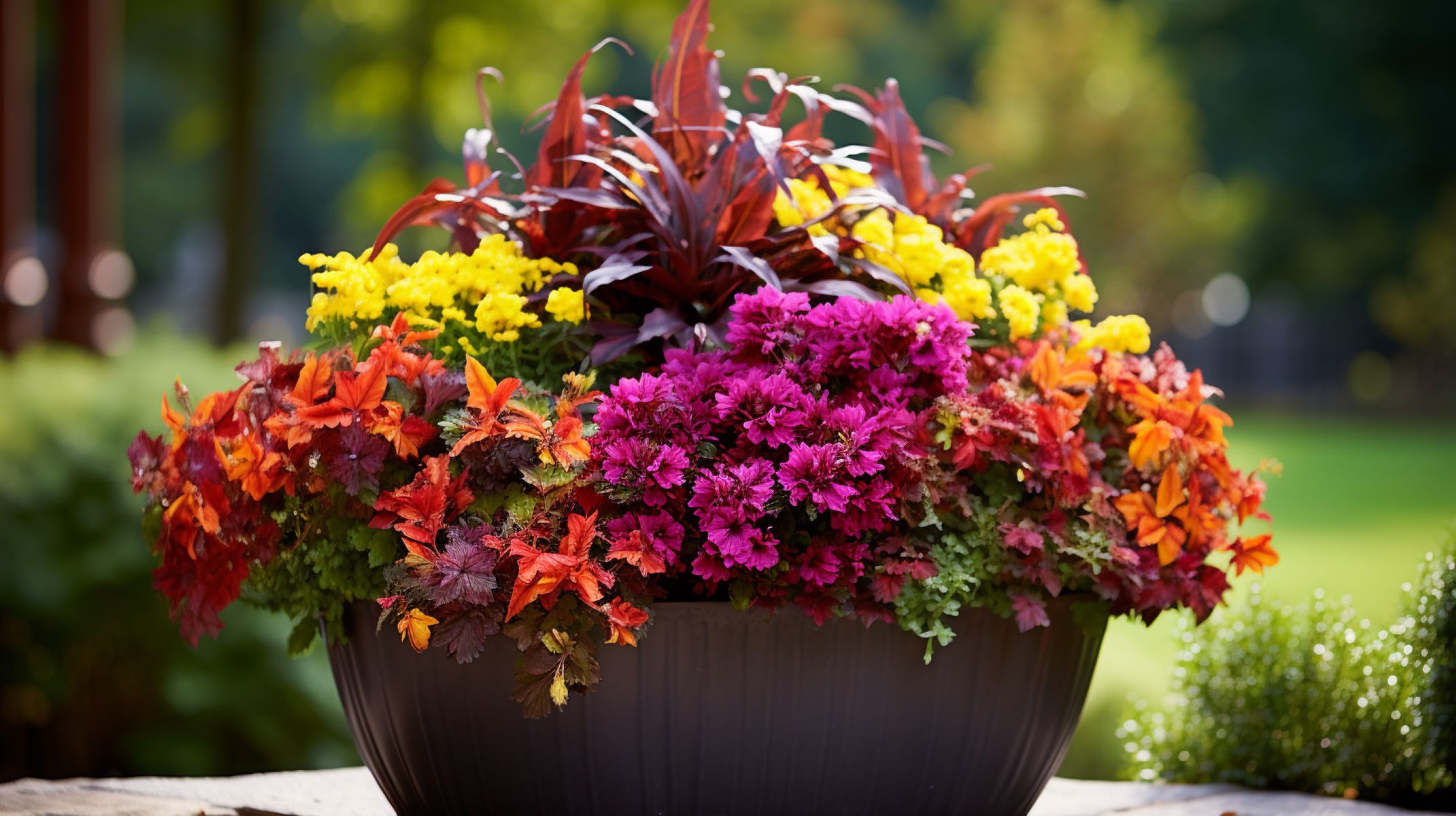

0 thoughts on “What Is The Name Of The Earliest Blooming Spring Wildflower In PA”